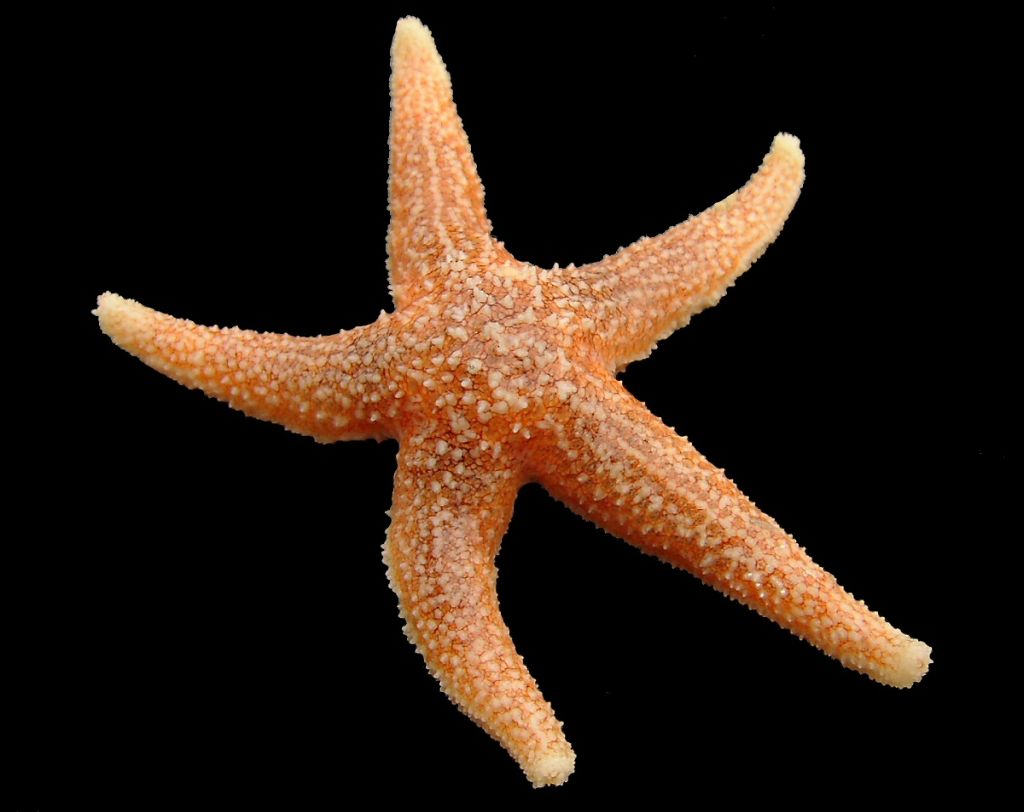
11 December 2023
When you look at a starfish it is obvious that its body is arranged like the five spokes of a wheel. This is also true of its fellow enchinoderms sea urchins and sand dollars.
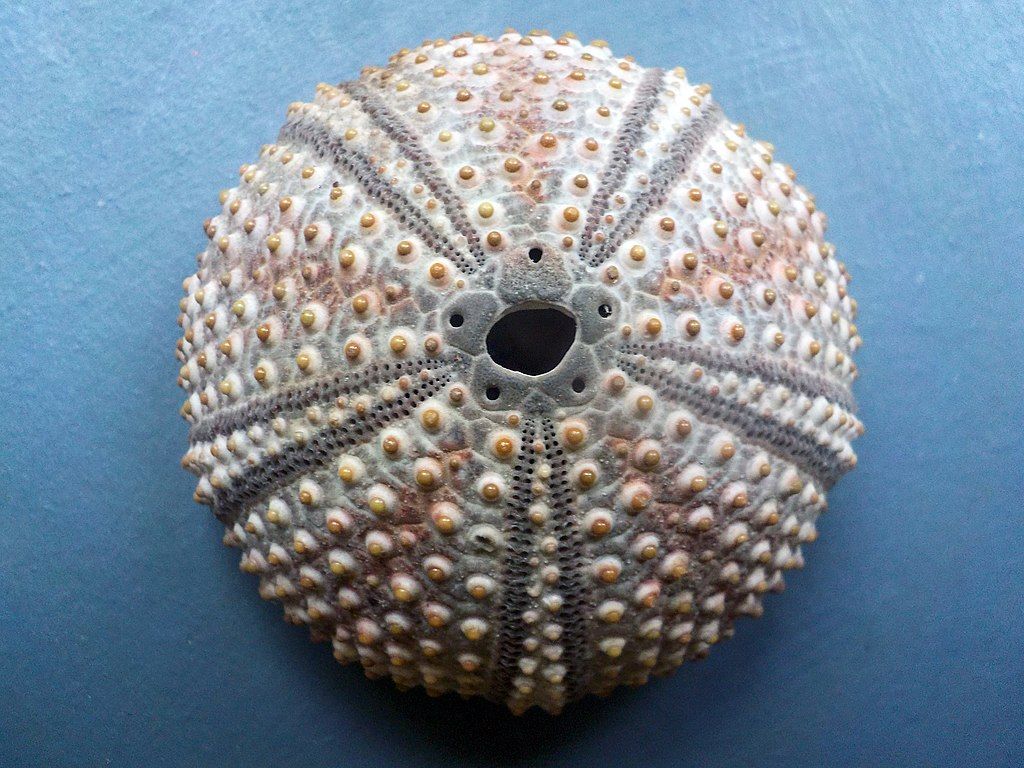
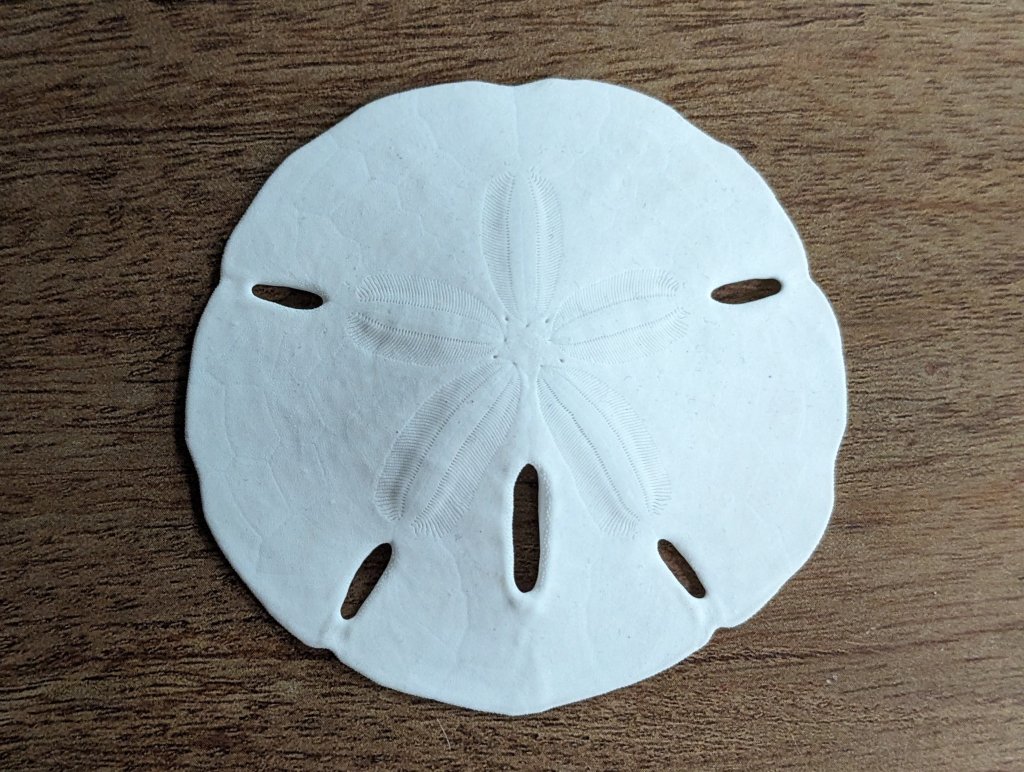
As larvae starfish are bilateral just like us, but when they grow up they change.
Most animals, including humans, have a distinct head end and tail end, with a line of symmetry running down the middle of their body dividing it into two mirror-image halves. Animals with this two-sided symmetry are called bilaterians.
Echinoderms, on the other hand, have five lines of symmetry radiating from a central point and no physically obvious head or tail. Yet they are closely related to animals like us and evolved from a bilaterian ancestor. Even their larvae are bilaterally symmetrical, later radically reorganizing their bodies as they metamorphose into adults.
— NewScientist: Starfish don’t have a body – they’re just a big squished head
Scientists were curious about how the animal formed five arms so they examined the genes on the body surface of the bat star (Patiria miniata) …
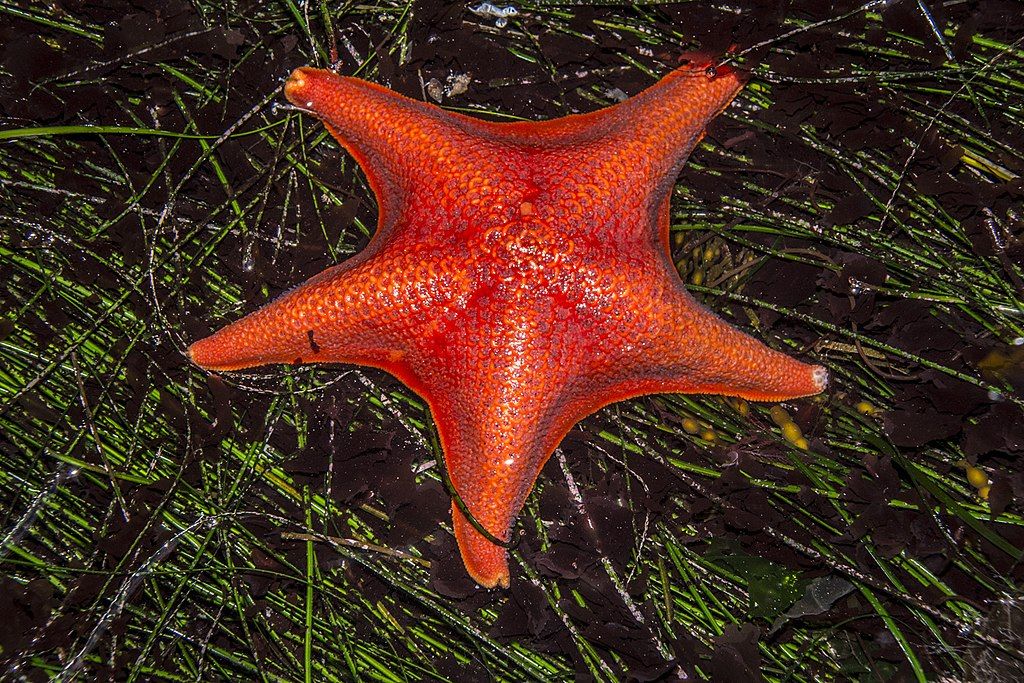
… and were surprised to find that the the entire animal, from center to tips of the arms, expresses as “head” genes. There are no torso or limb genes. As Science Magazine put it, “Genetically speaking, starfish have no arms — only a head.“
The findings show that “the body of an echinoderm, at least in terms of the external body surface, is essentially a head walking about the seafloor on its lips”, says Thurston Lacalli at the University of Victoria in Canada.
— NewScientist: Starfish don’t have a body – they’re just a big squished head
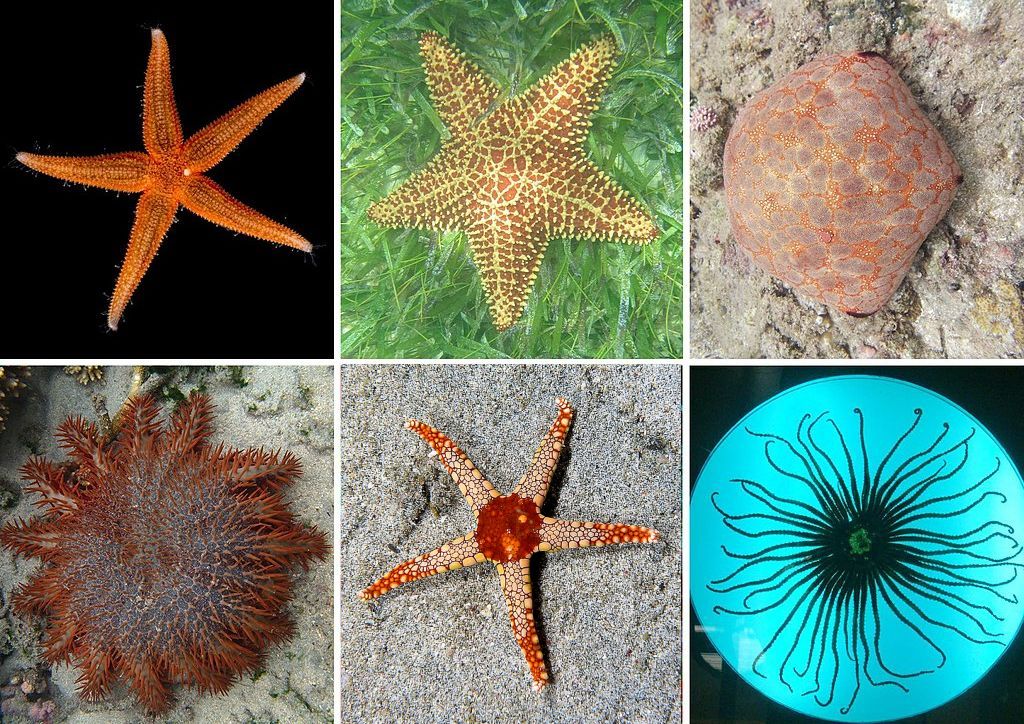
Read more in NewScientist: Starfish don’t have a body – they’re just a big squished head
How interesting!! I had no idea! Thank you, Kate!
Well now there’s a whole new perspective!!